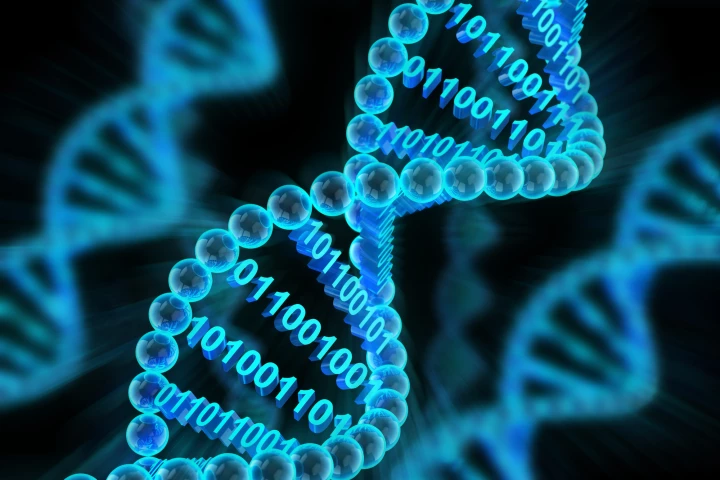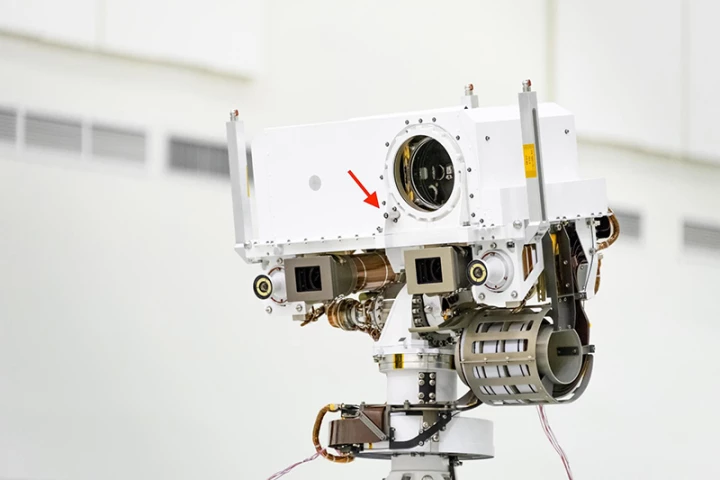CNRS
-
Filter-feeding mollusks respond to water pollution in a very detectable and measurable manner. With that fact in mind, scientists have created a water-quality-monitoring system that uses electronically augmented live mollusks as its sensors.
-
Astrophysicists have detected the most energetic electrons ever recorded raining down on Earth. With trillions of times the energy of visible light, these cosmic rays seem to be coming from a powerful source relatively close to our solar system.
-
Looking back at data from the geology experiments left on the lunar surface by the Apollo missions half a century ago, scientists have finally determined that the Moon has a solid core surrounded by a fluid outer core similar to the Earth's.
-
DNA is a promising data storage medium, but it’s difficult to retrieve and manipulate data written to it. Now a team has developed “chemical neurons” that can conduct calculations on data stored in DNA and read back the answers easily.
-
It has long been known that insects such as bees help plants reproduce, by spreading pollen from one plant to another. Now, however, a similar arrangement has been discovered in the undersea world – involving red algae and tiny crustaceans.
-
Painstaking analysis of audio collected last year by a French-built microphone aboard NASA's Perseverance robotic rover has revealed surprising new insights into the characteristics of the Martian atmosphere.
-
Antimatter is thought to have been mostly banished from our universe. But could it still be lurking out there? Astronomers have now identified signals from possible antimatter stars, and calculated how many of them might be hiding in our own galaxy.
-
Concrete is pretty useful, which is why it’s the most widely used construction material in the world. Now, engineers have made it even more useful, creating concrete that can conduct electricity and produce heat, by mixing in nanocarbon black.
-
On a scale that’s hard to fathom, the universe is structured like a “cosmic web." Astronomers have now directly observed light from filaments in this web, by staring at a patch of sky with a deep-field telescope to detect faint dwarf galaxies.
-
The whale shark and the manta ray are perhaps two of the ocean's most fascinating large fishes. Well, scientists have now announced the discovery of a prehistoric ancestor of both, that looked like a cross between the two.
-
Researchers at the Paris Observatory's Institute of Celestial Mechanics and Ephemeris Calculation have found that the unusual tilt of Saturn's axis is due to the periodic gravitational pull of its moons over the last billion years.
-
Engineers have developed a simple way to make colloidal diamonds that self-assemble. These structures have traditionally been tricky to manufacture in bulk, but with this new method they could be used to help make better photonic devices.
Load More











